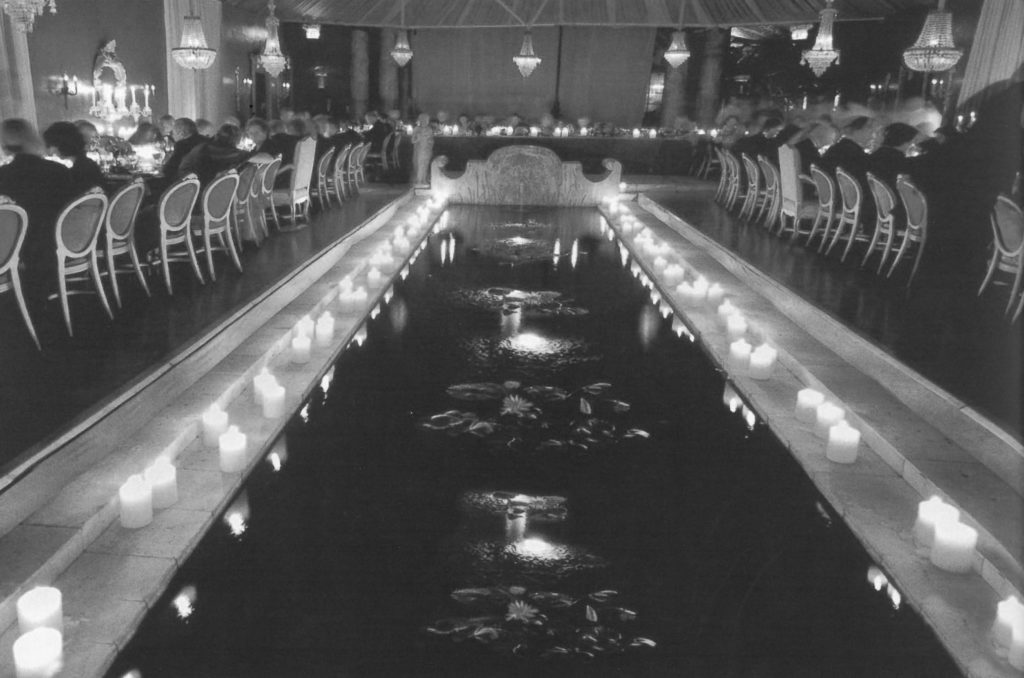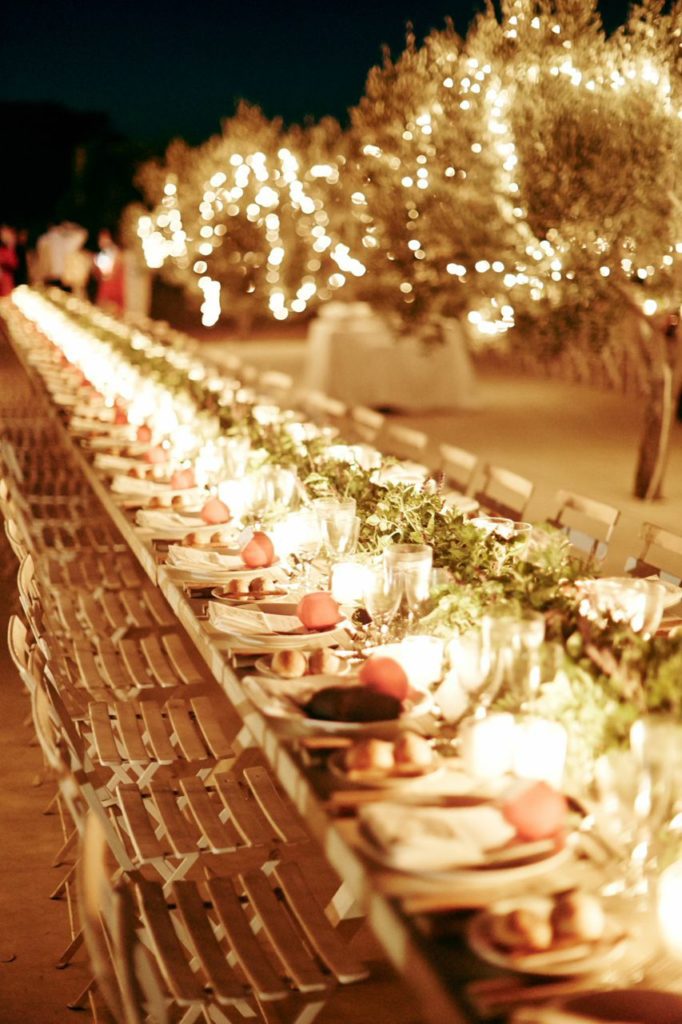For all segments of the wedding, I cannot emphasize enough the relevance of lighting. The general atmosphere, as well as the guest’s level of comfort and confidence, rely on it.
Ideally, reception lighting should soften and enhance. The right lighting makes everyone feel more attractive, while harsh lighting compromises even the more beautiful bride. Where photography is concerned, bad lighting can magnify the slightest flaw.
The possibilities for decorative wedding lighting are limitless. A roaring fire in the great room of a log cabin is every bit as seductive as a seaside terrace bath in starlight and candles. Enormous candelabra with crystal bowls provide just as much dramatic emphasis as pinpoint lighting on a simple orchid plant.

Like every other aspect of wedding decoration, lighting should be designed to highlight specific wedding rituals, such as the first dance, the wedding toasts, the cake cutting and the tossing of the bouquet.
For those who have engaged a lighting engineer, there is no limit as to the special effects that can be achieved today, from laser shows to fireworks displays. As too much technology can sometimes be a bit overwhelming, use discretion.
If the reception takes place in an unexceptional venue, excessive lighting may focus too much on the surroundings. In such cases, it is usually best to forgo an excess of special effects
Sometimes, effective lighting can actually camouflage poor architecture or help to redefine a space. Anticipate the lighting plan early on. Lighting a dance floor always requires special practical and decorative considerations.
It is always important to make use of any available natural light. Sunlight provides its own sense of gaiety and charm, as well as a different kind of ambiance.

